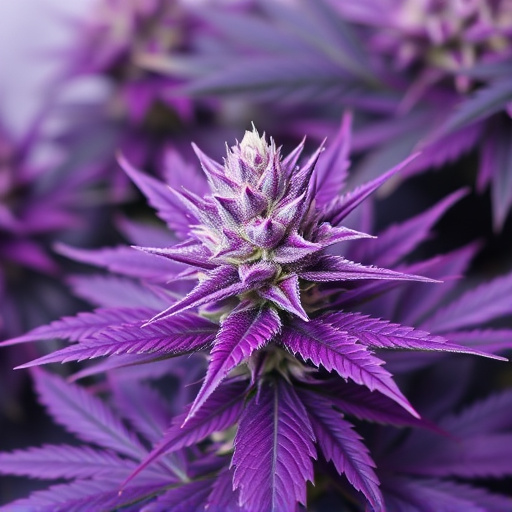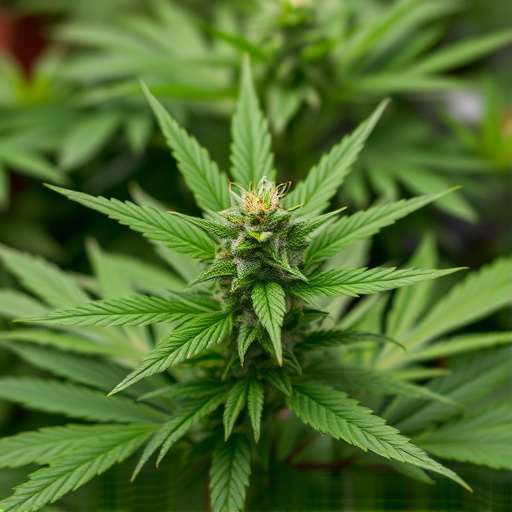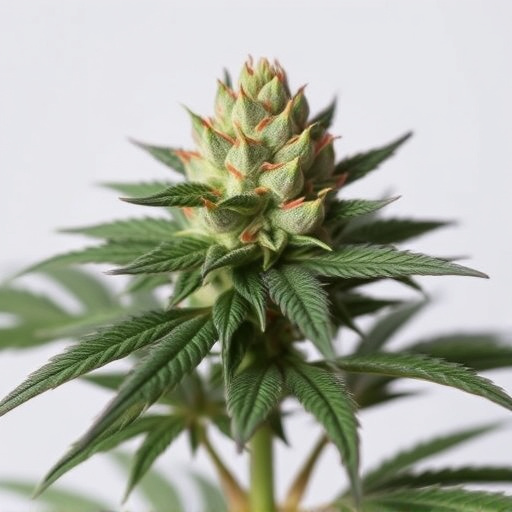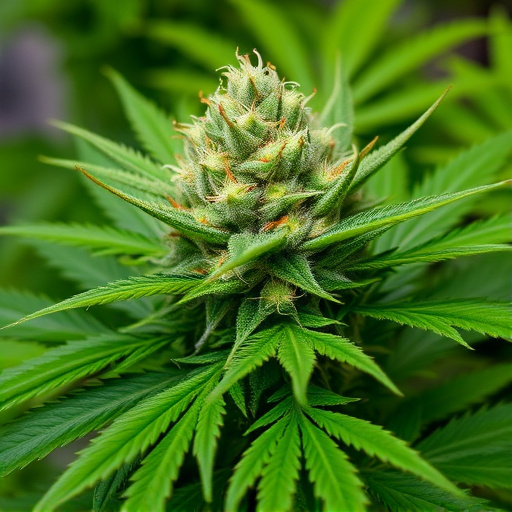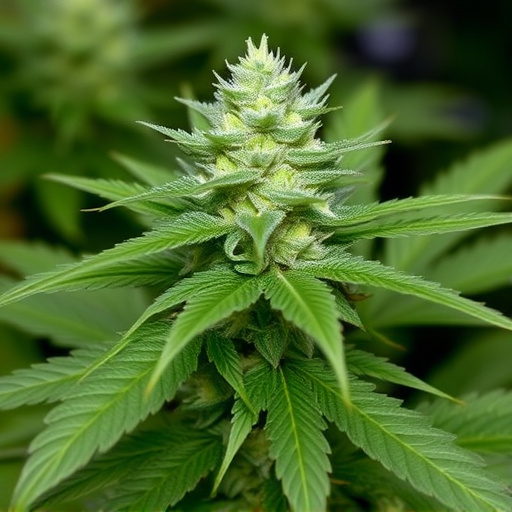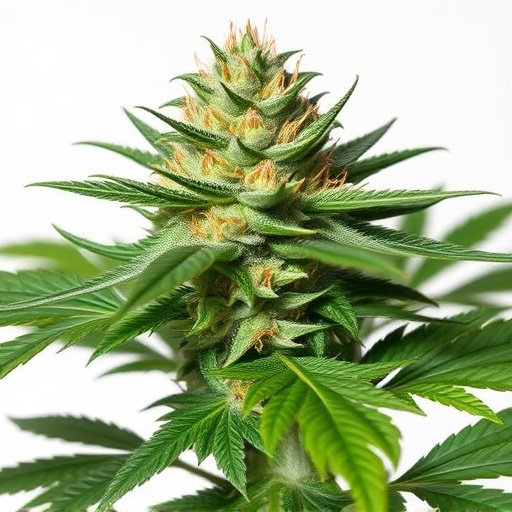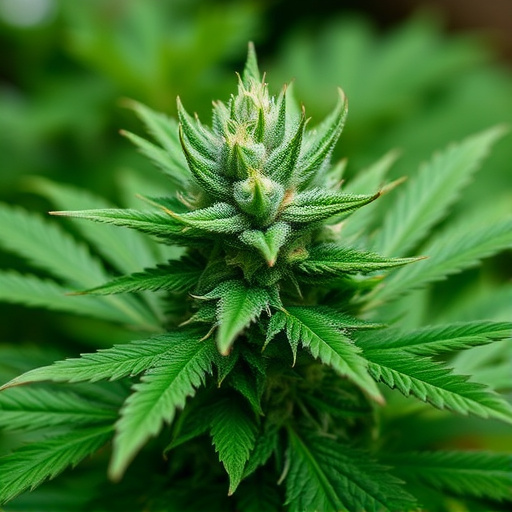Experiencing intense emotions after using high-potency cannabis from the top 10 strongest strains? Monitor for overdose symptoms like rapid heartbeat, paranoia, and hallucinations, requiring immediate medical attention. Calming techniques (deep breathing, mindfulness) and environmental adjustments offer temporary relief until help arrives. Strategically consume cannabis: start low, go slow, choose milder strains with lower THC, avoid smoking, use vaporizers/edibles, listen to your body, never exceed limits.
“Cannabis can be a delightful experience, but pushing your limits comes with risks. If you find yourself ‘too high,’ don’t panic—knowing the signs of an overdose and how to respond is crucial. This guide navigates through recognizing symptoms, offering calming techniques, and providing tips on adjusting your environment.
Additionally, we explore prevention strategies, emphasizing strain selection from the top 10 strongest cannabis strains, dosage control, and understanding personal limits to avoid future overdoses.”
- Recognizing Overdose Symptoms: Understanding When to Seek Help
- Calming Techniques and Environment Adjustments for Cannabis Overdoses
- Preventing Future Overdoses: Strain Selection, Dosage, and Individual Limits
Recognizing Overdose Symptoms: Understanding When to Seek Help
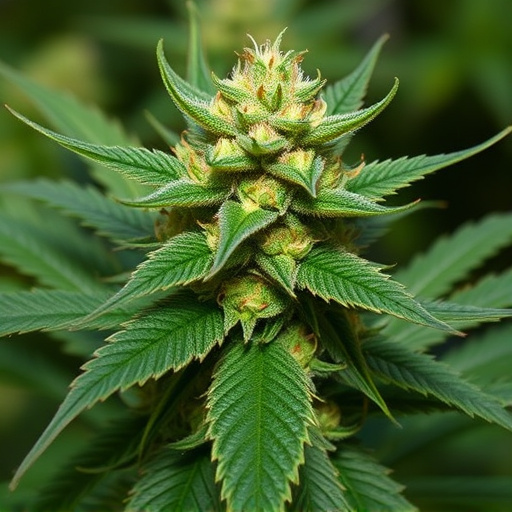
If you find yourself feeling overly euphoric, anxious, or disoriented after consuming cannabis—especially with potent strains known as top 10 strongest cannabis strains—it’s crucial to recognize potential overdose symptoms immediately. These signs can include rapid heartbeat, dizziness, paranoia, and confusion. In severe cases, users may experience hallucinations or have difficulty breathing, requiring immediate medical attention.
Seeking help is paramount if you observe any of these symptoms, as they indicate a possible cannabis overdose. Call emergency services or reach out to a healthcare professional. Staying calm and communicating clearly about your experiences will aid in receiving the best possible care.
Calming Techniques and Environment Adjustments for Cannabis Overdoses
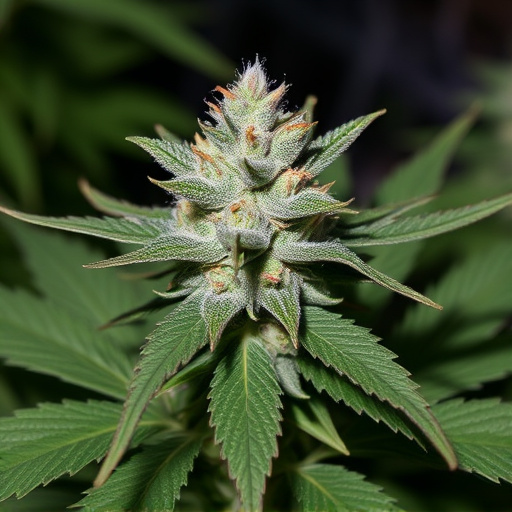
If you’ve consumed too much cannabis and are experiencing an overdose, there are several calming techniques and environment adjustments that can help mitigate symptoms. One effective method is deep breathing exercises, focusing on slow, controlled inhales and exhales to reduce heart rate and induce a sense of calm. Meditative practices, such as mindfulness or guided visualization, can also be beneficial in grounding the mind and easing anxiety.
Creating a soothing environment is another crucial step. Dim the lights, play soft, relaxing music, and consider using essential oils with calming properties like lavender to help ease tension. If possible, move to a quiet space away from bustling environments. Additionally, staying hydrated by drinking water or herbal tea can aid in flushing out excess cannabinoids from your system. While it’s important to seek medical attention if symptoms persist, these techniques can provide immediate relief until help arrives. Remember, being aware of the top 10 strongest cannabis strains can also help users understand potential effects and avoid excessive consumption.
Preventing Future Overdoses: Strain Selection, Dosage, and Individual Limits
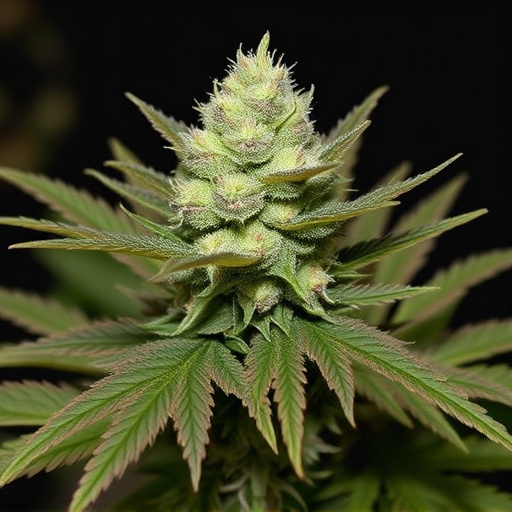
When it comes to preventing future overdoses, understanding your limits and making informed choices about cannabis consumption is key. One effective strategy is to start with lower doses and gradually increase as needed, allowing your body to build a tolerance. This approach is especially important for those new to cannabis, as well as individuals who may be prone to heightened sensitivity.
Selecting strains known for their milder effects from the top 10 strongest cannabis strains can be a wise decision. While these strains offer potent experiences, they often have lower THC levels or unique compositions that provide more controlled highs. Additionally, being mindful of your consumption method—such as using vaporizers or edibles—can help mitigate potential risks, as these methods deliver cannabinoids differently than smoking. Always remember to listen to your body and respect its signals, ensuring you never consume beyond your individual limits.
If you or someone around you experiences a cannabis overdose, it’s crucial to act swiftly. Understanding common symptoms like severe anxiety, paranoia, or dizziness can help in seeking immediate assistance. Calming techniques and environment adjustments, such as deep breathing and sensory deprivation, can offer temporary relief. Preventing future overdoses involves making informed choices about strain selection from the top 10 strongest cannabis strains, adhering to safe dosage practices, and recognizing individual limits. By following these steps, you can enjoy cannabis safely and avoid adverse effects.

